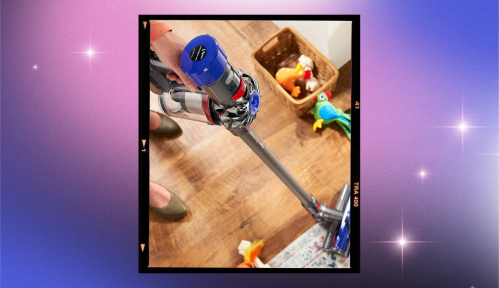As far as incognito exercises go, nothing flies under the radar quite like Kegels. At any given moment, someone in direct proximity of you might be flexing their pelvic floor muscles and you wouldn’t even know. it. If you ask any OB/GYN, they’ll tell you the benefits of the subtle muscle contraction known as Kegel exercises are the fitness equivalent of a fire emoji for your nether regions.
First, the basics: What are Kegels, anyway? Developed in the 1940s as a non-surgical method to prevent urinary incontinence by—you guessed it—American gynecologist Arnold H. Kegel, MD, the exercise has long been embraced by the medical community for its effectiveness in strengthening the pelvic floor.
“Many people are taught that the strength is gained through contracting these muscles only—or doing high repetitions of contractions—but in order to do them properly, the contraction must also be followed by a full release,” says OB/GYN Adeeti Gupta, MD, founder of Walk In GYN Care in New York City. Like performing a perfect abdominal crunch, contracting the muscles on the way up is just as important as slowly releasing them on the way down. Only, in this case, I’m talking about the muscles from your pubic bone to your tailbone—not your abs.
The reasons to exercise your pelvic floor are plenty. “This network of muscles is responsible for holding all the organs of the pelvis bowl in place, allowing us to control elimination. They are also responsible for pain-free, pleasurable sexual health,” says Joanie Johnson, co-founder of New York City’s Fit Pregnancy Club. “Many women have have a hypertonic pelvic floor—one that is too tight—and need to practice releasing more than contracting,” specifies Johnson.
This isn’t just the case for vagina-owners. Regardless of sex or gender-identity, keeping these muscles strong can protect every body against a host of health problems. Weak pelvic floor muscles can lead to issues with bladder control and anterior prolapse (a weakening of the vaginal wall), explains Dr. Gupta.
To help you do just that, below, Johnson and Dr. Gupta share a step-by-step guide for finding and #werking the muscles down there.
Let’s Kegel. Here’s your step-by-step guide.
The best part about Kegels is that you can do them anytime, anywhere. (At work! In a tree! In car! On a train! In the dark! In the rain!) Both experts recommend doing three rounds of 10 reps per day. You can set a thrice-daily alarm on your phone, if you want, or just go for it when you’re super bored during a company-wide meeting.
Step 1: Learn where the muscles are. To do so, you have options. Either stick one finger inside your vagina and squeeze the muscles around the finger, or pretend you’re sitting on a marble that you have to scoop up.
Step 2: Focus on matching each breath to each movement. “On your inhale, you want your pelvic floor to relax. As you exhale, practice a Kegel,” says Johnson. “That cueing may feel opposite if you are in inverse breather. It’s important that you put the proper inhale, exhale breath pattern into the body in order to neutralize intra-abdominal pressure.”
Step 3: Once you get the rhythm, squeeze for a count of 10 and release for a count of 10. Hit 30 reps and pat yourself on the back.
If you need a primer in the reproductive system, we’ve got your covered. Plus, the exercises every new mama needs to master before heading back to the gym.
Sign Up for Our Daily Newsletter
Get all the latest in wellness, trends, food, fitness, beauty, and more delivered right to your inbox.
Got it, you've been added to our email list.











